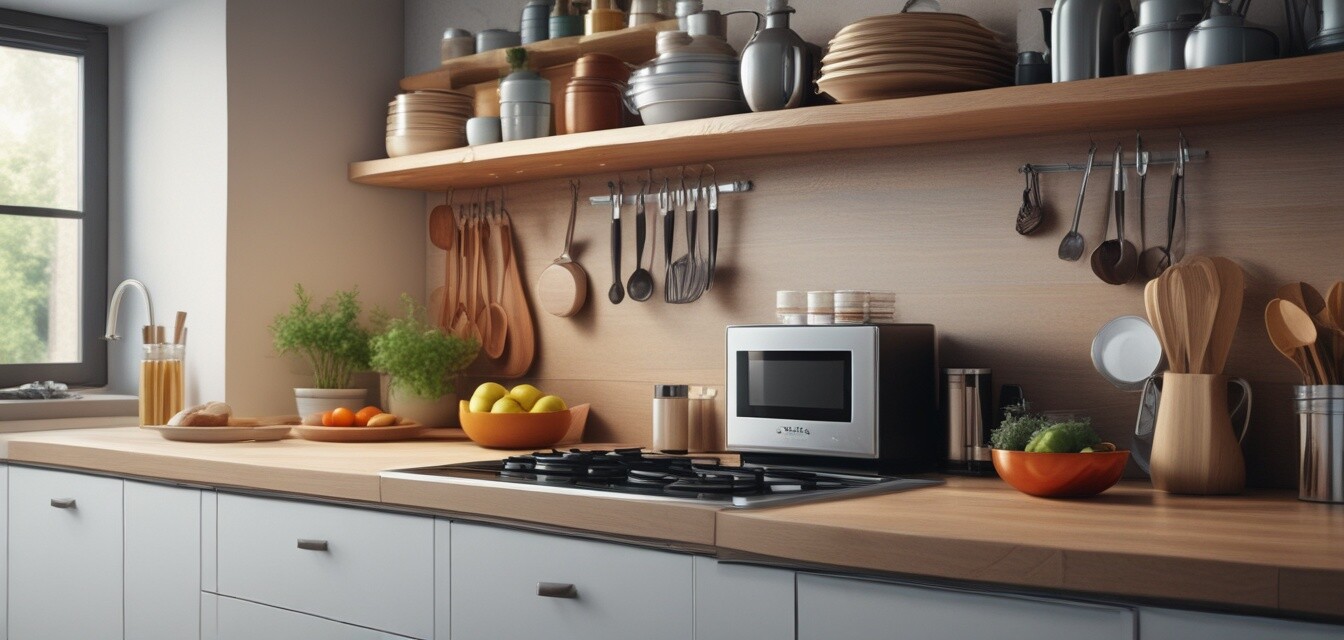
How to clean and maintain your kitchen tools
Key Takeaways
- Regular cleaning and maintenance prolong the life of kitchen tools.
- Different materials require specific cleaning methods.
- Invest in quality cleaners and tools for effective upkeep.
- Proper storage prevents damage and keeps tools organized.
- Regular inspections will help identify wear and tear early.
Keeping your kitchen tools clean and well-maintained is essential for efficient cooking and food preparation. This not only enhances the appearance of your tools but also prolongs their lifespan and ensures they function at their best. In this guide, we will explore practical tips and methods for cleaning various kitchen tools, including cookware, cutlery, and gadgets. So, let’s dive right in!
Why cleaning and maintenance are important
Regular maintenance of kitchen tools offers numerous benefits, such as:
- Prevents the build-up of bacteria and food residue.
- Enhances the longevity of your tools.
- Improves the taste and safety of prepared meals.
- Saves money by avoiding frequent replacements.
Cleaning materials and methods
Different types of kitchen tools require tailored cleaning approaches. Below is a concise overview of common material types and proper care methods.
| Material | Cleaning Method | Recommended Products |
|---|---|---|
| Stainless Steel | Use soap and water or a vinegar solution. Rinse and dry thoroughly. | Dish soap, vinegar, microfiber cloths |
| Wood | Hand-wash with mild soap, then dry immediately. Use mineral oil occasionally. | Mild soap, mineral oil |
| Silicone | Dishwasher safe; otherwise, wash with soap and water. | Dish soap, dishwasher |
| Non-Stick Cookware | Wash with soft sponge and mild detergent. Avoid metal utensils. | Mild dish soap, soft sponges |
| Glass | Use dish soap and a soft cloth. Dishwasher safe if not damaged. | Dish soap, soft cloths |
Step-by-step cleaning guide for kitchen tools
Use the following step-by-step guide to effectively clean and maintain popular kitchen tools.
1. Knives
- Immediately after use, rinse the knife with warm water to remove debris.
- Hand-wash with mild soap and a soft sponge; avoid using the dishwasher.
- Dry the knife immediately with a clean cloth to prevent rust.
- Store in a knife block or magnetic strip to maintain sharpness.
2. Cookware (Pots and Pans)
- Allow cookware to cool before washing to prevent warping.
- Soak stubborn residue with hot water and mild detergent.
- Use non-abrasive sponges to avoid scratching.
- Store cookware stacked with pot protectors to avoid scratches.
3. Kitchen Gadgets
- Disassemble gadgets if possible for better access to nooks and crannies.
- Use warm soapy water to hand-wash all parts.
- Rinse thoroughly and let air dry.
- Check for wear and replace if necessary.
Pro tips for maintaining your kitchen tools
- Use the right tool for the job to avoid damage.
- Regularly inspect tools for wear and replace as needed.
- Store tools properly to maximize space and prevent damage.
- Keep your cleaning supplies organized for easy access.
- Maintain your kitchen appliance manuals for reference on cleaning methods.
Conclusion
Keeping your kitchen tools clean and maintained not only improves the cooking experience but also ensures that your tools last longer. Adopting these simple cleaning habits and following proper maintenance steps will keep your kitchen arsenal performing at its best. For more helpful information on kitchen products and their maintenance, feel free to check our related articles on Tips and How-To's and Kitchen Gadgets & Tools.
Pros
- Prolongs the life of tools.
- Improves cooking efficiency.
- Enhances food hygiene.
Cons
- Requires time and effort.
- Some cleaning products may be costly.
- Improper cleaning can damage tools.